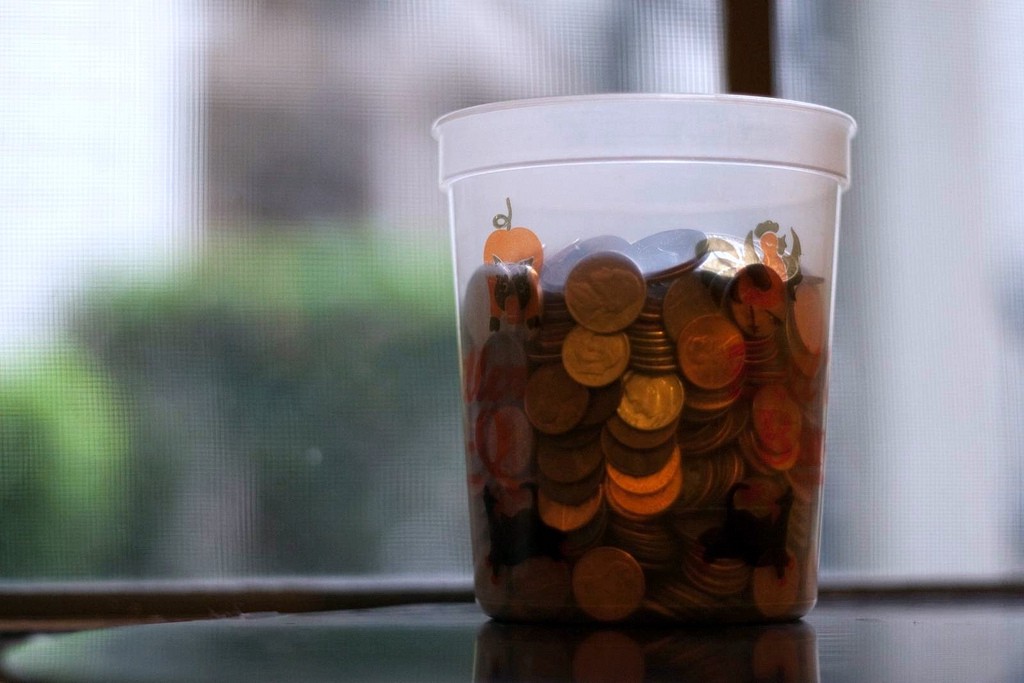In Which I Prove That It Isn’t About How Much You Spend, It’s About How Much You Earn

I’ve interviewed a lot of people for The Billfold’s Doing Money series, and the interview subject nearly always cites a small indulgence as a “financial flaw.”
I spend too much money on clothes/books/restaurants, they’ll say, before revealing that the amount of money spent is, at best, a couple hundred bucks.
And sure, if it’s a couple hundred bucks a month it adds up, and if it’s a couple hundred bucks more than you make every month, that might be something worth addressing—but let’s put it this way: if you didn’t spend that money on restaurants, you’d have to spend at least some of it on groceries. If you decided to stop indulging in fast fashion, you’d still need to put at least some of that money towards clothing—and if you bought clothes that were built to last, they’d be more expensive.
Life costs money. That’s just how the system works.
Now that I’ve block-quoted the world’s most obvious platitude, I’ll follow it up with what I promised I would write about this week: the idea that the biggest reason I’m doing well financially right now is because I earned $20,000 more this year than I did in 2014.
I did not change my spending patterns or indulgences. All I did was finally earn enough to save money and pay down my debt.
That was it. It wasn’t about learning how to cook my own food instead of ordering takeout, because I already cook nearly all of my meals. On the flip side, it wasn’t about deciding to give up all those trips to visit friends or go to conventions, because I’ve never given those up, and at one point I had the credit card bill to prove it.
I didn’t get better at spending or saving money. I got better at earning it.
Sure, making the decision to put 20 percent of each freelance check towards debt and 10 percent towards savings was an active choice. But it was a choice that I only could have made this year.
Here’s some math on that, btw:
In 2015, I earned $63,571.12. Subtract 20 percent for taxes and you get $50,856.90. Subtract the $3,604.18 I currently have in savings and the $12,806.17 I paid towards my debt, and you get $34,446.55, which roughly represents the amount of cash I had available to spend.
(My rent+bills+food for the first nine months of 2015 was $1,500; it jumped up to $1,800 after I moved into my one-bedroom apartment. That meant more than half of that $34K went straight towards basic cost of living.)
In 2014, I earned $43,059.02. Subtract 20 percent for taxes and you get $34,447.22.
I need to pause for a moment to marvel at this.
Those numbers are separated by sixty-seven cents.
As with 2015, more than half of my 2014 available cash (which was actually a little more than the $34K I listed above, since my CPA and I underestimated my tax burden and I made up the difference in 2015) went towards basic cost of living.
Another $7,648 went towards debt payment—a little less than 20 percent of my 2014 income, coincidentally enough, which proves that I was being responsible about my debt even then. (I also added some of that credit card debt back, in both charges and interest.)
Nothing went towards savings, and although I probably could have saved out an extra $500 or maybe even $1,000, the math should be clear:
Between 2014 and 2015, I didn’t change a single thing about who I was, how I spent, or how I valued money. The only thing that changed was my income.
So that’s my argument, for today: it isn’t our $200 “financial flaws” that are holding us back from achieving our financial goals. It’s how much we’re able to earn.
Do you agree?
Support The Billfold
The Billfold continues to exist thanks to support from our readers. Help us continue to do our work by making a monthly pledge on Patreon or a one-time-only contribution through PayPal.
Comments